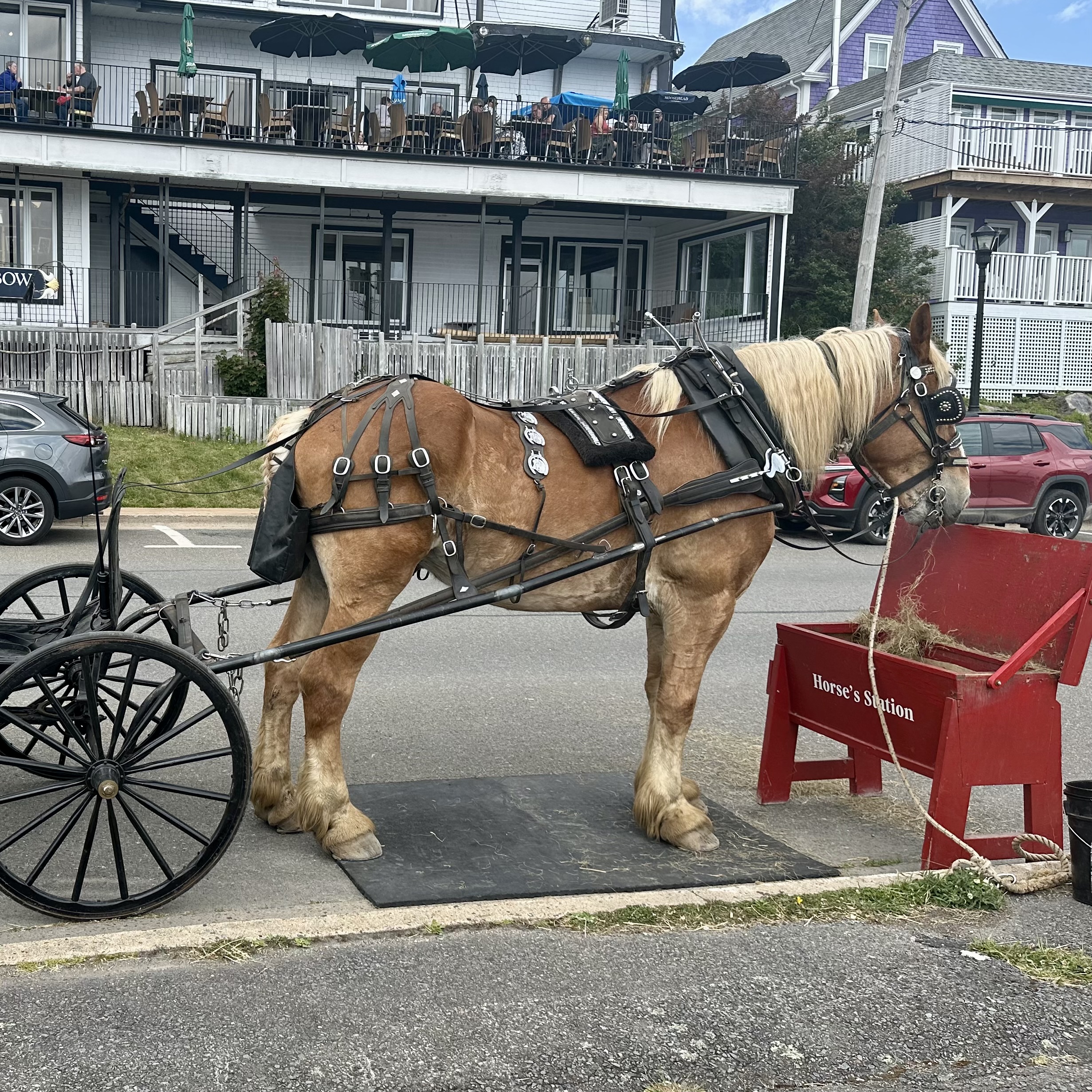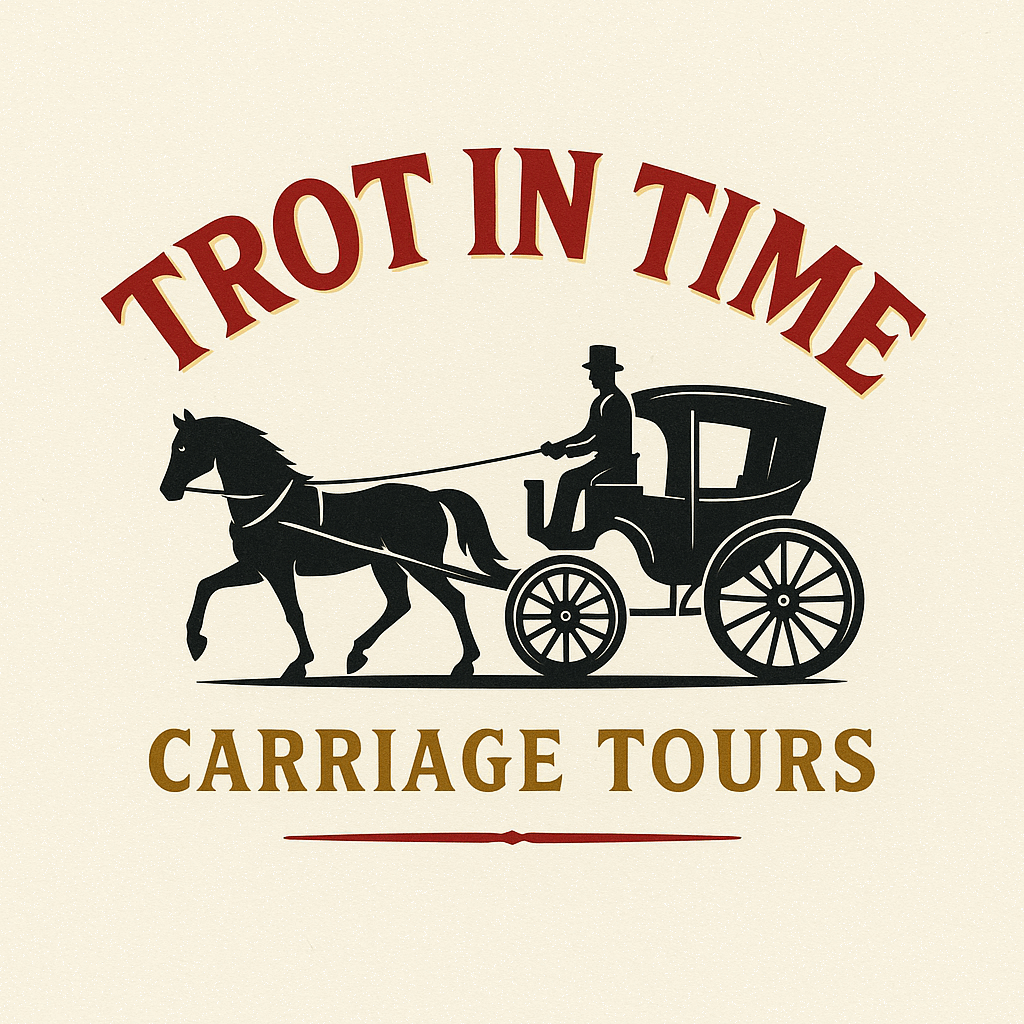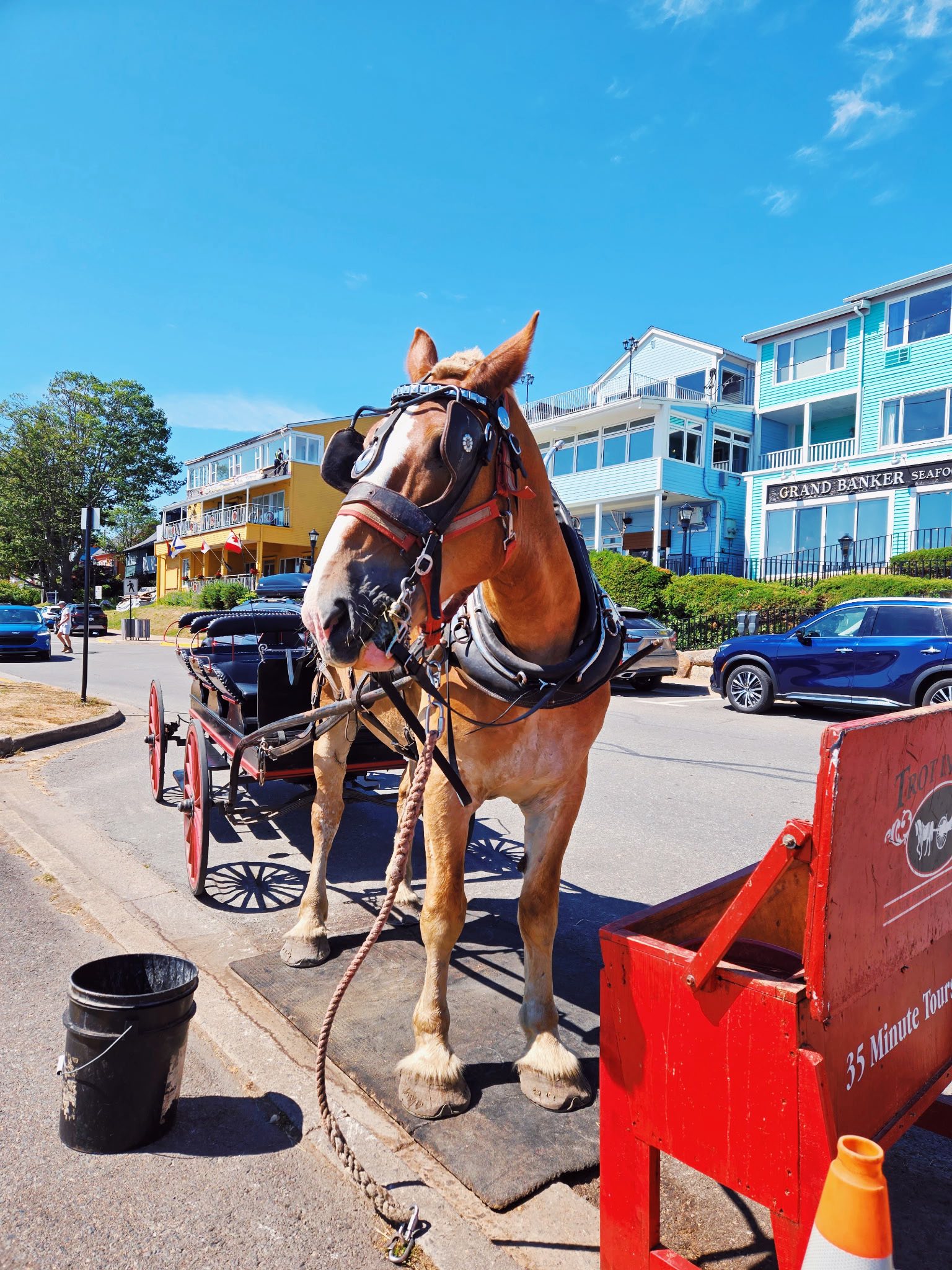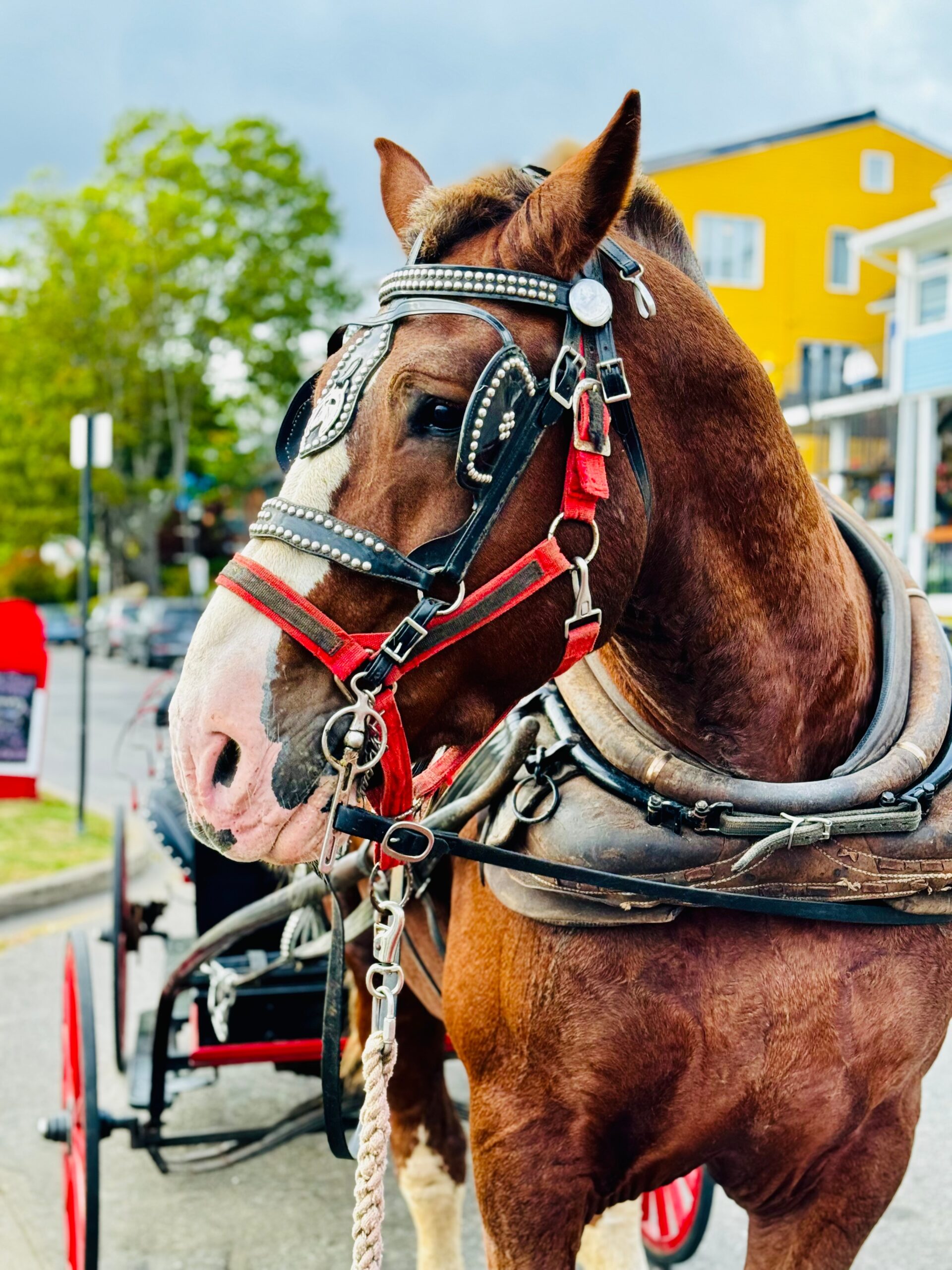
Saturday started like any other day at the barn. Pete, always eager at mealtime, dove into his pelleted feed with his usual gusto. But within minutes, something was clearly wrong.
The Incident
Pete began stretching his neck out and making gagging sounds. Clear, white, frothy discharge started flowing from both his nose and mouth, with bits of his pelleted feed mixed in—a sight that immediately concerned us. Every so often, Pete would lower his head and let out a lot of mucusy froth. While he didn’t seem to be in severe distress, something was definitely not right.
Pete was choking.
Unlike choking in humans where the airway becomes blocked, equine choke involves an obstruction in the esophagus, the tube that carries food from mouth to stomach, but it typically occurs below the the lung / stomach divide in the esophagus, rather than above (as with people when they are choking). So, Pete could still breathe normally, but he couldn’t swallow. The pelleted feed he’d bolted down too quickly had become lodged in his throat.
Why Pelleted Feed?
Pelleted feeds are notorious choke culprits because they can swell when they mix with saliva in the esophagus. When horses eat too quickly—as Pete had done—they don’t always produce enough saliva to properly soften the pellets before swallowing. Pete swallowed too much at once, the pellets became lodged in his throat, and then expand in the narrow esophageal passage when mixed with his saliva, creating a blockage.
Getting Help
Recognizing that something was wrong but uncertain about the severity or next steps, we called on our sister, Ruth, for help. Ruth lives on site, and she attended and passed veterinary school, but hasn’t actually gotten her license (yet) as she started her family right after graduating. Her training proved invaluable though – she was able to quickly identify what was happening and, more importantly, explain that despite Pete’s relatively calm demeanor, this was indeed a medical emergency requiring immediate veterinary attention.
So, we called the vet.
Why the Emergency Call?
Even though Pete had recently had his teeth floated and had no history of choke, Ruth explained that this condition always requires immediate veterinary attention. The decision to bring in emergency veterinary coverage was crucial because choke can lead to serious complications including:
- Dehydration from inability to drink properly
- Esophageal rupture from pressure
- Aspiration pneumonia if food material enters the lungs
The Treatment
The emergency veterinarian, Dr. Mark Smith, began with conservative treatment, administering sedatives to help Pete relax and muscle relaxants to reduce spasms in his esophagus. Sometimes this gentle approach allows the obstruction to pass naturally.
For Pete, however, more intervention was needed. Dr. Smith performed esophageal lavage by carefully inserting a tube and using gentle water pressure to soften and dislodge the blockage. The procedure was successful in clearing the obstruction without complications.
The Aspiration Risk
Throughout the treatment and recovery process, the veterinarian emphasized the importance of monitoring for aspiration pneumonia—one of the most serious complications of choke. When food material enters the lungs, it can cause a life-threatening infection that may not develop until 24-48 hours after the initial incident. This is why continued vigilance was essential even after successful treatment. It is also critically important to monitor what the horse is eating and drinking as they recover, as choke often results in a swollen esophagus – which means that the chances of it reoccurring in the days following choke are very high.
Recovery and Current Care
The good news is that Pete responded well to treatment. He’s now eating his specially prepared alfalfa slurry and drinking well, which indicates that his esophagus wasn’t damaged during the episode. He’s also able to graze on very short grass, which provides him with some normalcy during his recovery. He is getting anti-inflammatories to calm the swelling in his throat, as well as antibiotics to reduce the risk of aspiration pneumonia.
Current Management
We’re being very careful about what Pete can access during his throat recovery:
- Feeding alfalfa slurry instead of regular hay
- Ensuring access only to very short grass for grazing
- Keeping him away from hay and longer grass that might be harder to swallow and has a higher likelihood of getting stuck in his esophagus, which is likely still somewhat swollen from his ordeal.
- Maintaining excellent hydration to support healing
Why These Restrictions Work
- Alfalfa slurry provides nutrition in an easily swallowed form
- Short grass requires less chewing and poses minimal obstruction risk
- Avoiding hay and long grass prevents re-injury to the healing esophagus
- Proper hydration supports tissue recovery and normal esophageal function
The Bigger Picture
Our experience with Pete illustrates some important points about equine choke:
It Can Happen to Any Horse
Pete had excellent dental care and no previous known issues with choke, yet he still developed it. The primary factor was his eating behavior combined with the type of feed he was consuming.
Quick Recognition Saves Lives
Our immediate recognition of the symptoms, with Ruth’s guidance, and prompt professional response likely prevented much more serious complications. We always watch the horses as they eat their grain, and this allowed us to immediately act when he started choking. The discharge from both nose and mouth, combined with the gagging and frothy episodes, are classic signs that every horse owner should know and be prepared for.
Moving Forward
Pete is fortunate. With proper treatment, most horses recover completely from choke with no lasting effects. We will continue Pete’s modified feeding and grazing routine as he recovers (4 days, provided that there are no signs of any infection or pneumonia, or a repeat blockage, per our veterinarian). After this, Pete may return to his normal diet and to work — but with continued precautions to prevent this frightening Saturday from repeating itself.
At the farm, we have immediately updated our feeding protocols to require more water in the grain prior to feeding and a longer soak prior to feeding for all grains fed to the horses, to reduce the risk of choke. We already provide regular dental care to all of our horses, which is another leading contributor to equine choke risk. Pete had his teeth floated in the past 6 weeks.
As always, we share these details to be open and transparent about the care of our horses, to share updates with Pete’s fan club (we know he has one, the handsome devil), and also to raise awareness of things that can go wrong. I’ve worked with horses for decades, and had never experienced equine choke with one of our animals before, and I hope I never will again.
One Final Note
A quick shout-out to veterinarian, Dr. Mark Smith of Avon Animal Hospital! Dr. Smith not only did an amazing job of helping Pete, but he retired today (for the second or third time)! We were very grateful to have his many decades of experience and his extremely calm and competent treatment on hand for Pete.
~ Mary @ Trot in Time Carriage Tours


